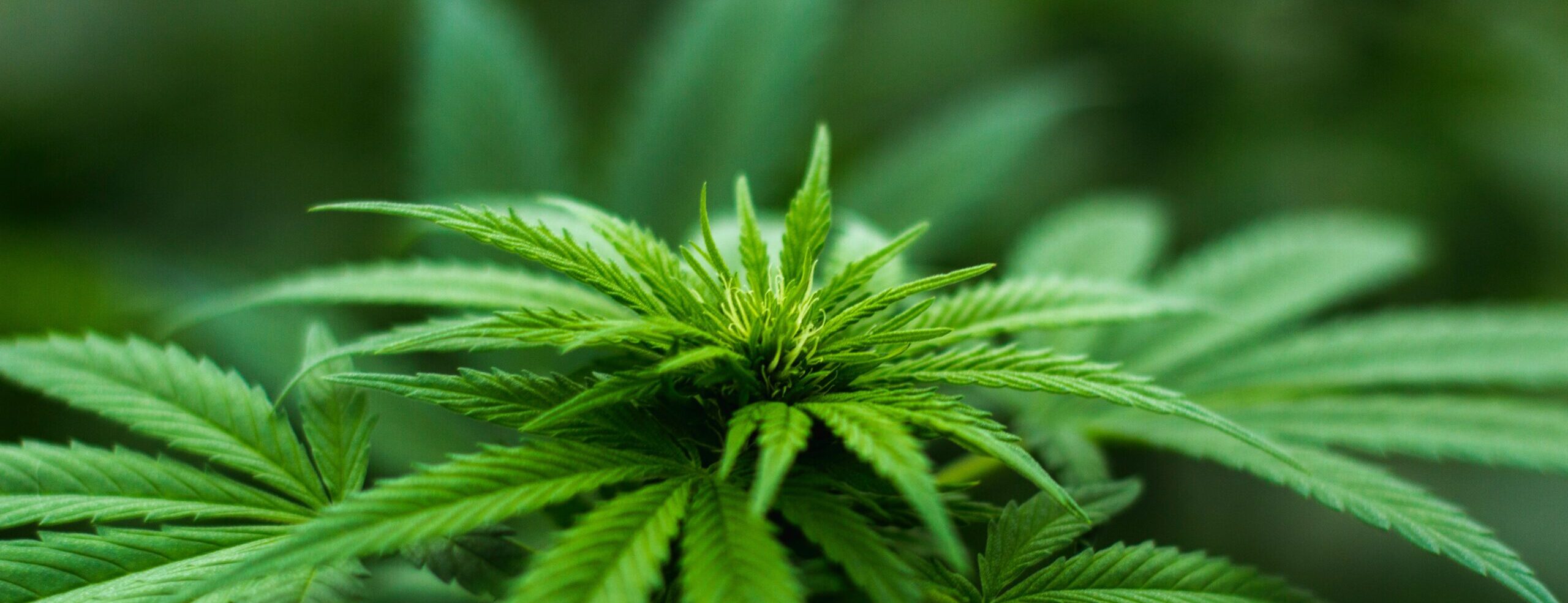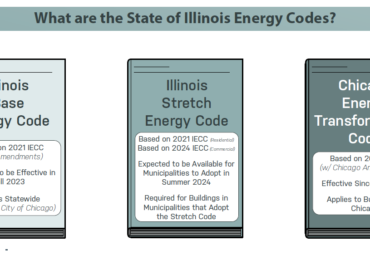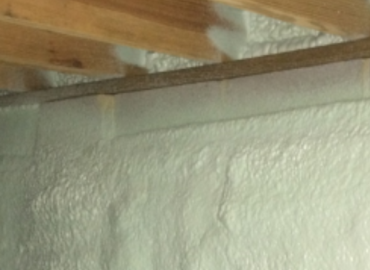Recreational and medical cannabis programs are spreading rapidly throughout the U.S. There are 33 states that allow medical cannabis and 11 that allow the sale of recreational cannabis for adults. Medical cannabis has been legal in Illinois since 2014, and as of January 1, 2020 the sale of recreational cannabis for adults is also legal. Illinois currently has 21 licensed cannabis grow operations and plans to issue up to 40 additional adult use craft cannabis grow licenses this year. By the end of 2021 the state will issue up to 60 more licenses, potentially bringing the total for the state to 121 licensed grow facilities.
This period of rapid expansion represents a limited opportunity to incorporate best practices for energy efficiency into cannabis grow operations from the start. By being proactive at this moment, grow facility operators, Illinois policy makers and utilities can reduce greenhouse gas emissions in the long run and help growers minimize energy costs.
Cannabis grow facilities in Illinois are indoor operations, requiring artificial lighting and sophisticated, heavy duty HVAC systems. Lighting in vegetative rooms is on 18 hours per day, and HVAC systems must maintain environmental parameters (temperature and humidity) within a narrow range 24/7. Many of the warehouses and greenhouses used to grow marijuana are not equipped with energy efficient LEDs. Instead they use High Intensity Discharge (HID) lighting such as High-Pressure Sodium (HPS) fixtures. Maintaining temperature, humidity and ventilation is also crucial to a good crop yield. The HVAC systems must work overtime to remove excess heat and moisture while filtering air contaminants. Depending on the facility and system efficiency, HVAC accounts for 25 to 50 percent of total electricity consumption.
In short, indoor cannabis grow facilities can be energy hogs. In Colorado, cannabis grow operations consume 300 GWh of electricity per year, which is about 0.6% of Colorado's total electricity consumption. Total energy costs for indoor grow operations vary between 20-50% of total operating costs, and indoor grow operations use ten times as much energy per square foot as a typical office building in the Southwest, according to a study by the Southwest Energy Efficiency Project .
Illinois is expected to follow the lead of other states in its regulation of cannabis grow facilities. Massachusetts, for instance, has a Cannabis Control Commission that oversees licensing of cannabis grow operations, and it wraps energy efficiency and environmental best practices into the licensing process. During the Architectural Review stage, applicants must submit thorough operating procedures regarding energy efficiency and conservation, including potential energy-use reduction opportunities, an implementation plan, a plan for utilizing renewables, and a maintenance plan. Applicants are required to renew their license annually, which also involves energy usage reporting. In addition, Massachusetts energy codes provide minimum standards that must be met.
It is much easier to build energy efficiency into a facility from the start, rather than to retrofit it later. If Illinois is not proactive in encouraging grow operations to be energy efficient from the start, energy efficiency gains will be much harder to come by. Now is the time for Illinois to incorporate environmental best practices into licensing processes, to educate and support facility operators and owners in meeting energy efficiency requirements, and to develop procedures for verifying that requirements are met and that facilities continue to make improvements.
SEDAC has experience working with indoor grow operations to improve energy efficiency. To explore how you can implement energy efficiency in your facility, contact SEDAC at 800-214-7954 or info@sedac.org.





